calsfoundation@cals.org
World War I Markers and Memorials
Arkansans began memorializing the state’s World War I troops even before the war ended, and many monuments can still be found across the state honoring the Great War’s dead.
The first memorial in Arkansas, honoring the first three U.S. servicemen to die in the war, was dedicated on November 3, 1917, in Van Buren (Crawford County), but it was not until after the war that larger-scale efforts to remember Arkansas’s World War I veterans began. Some of the state’s memorials reflected a larger debate among progressives in the United States, who urged construction of “living memorials” as opposed to statuary—a reaction to the ubiquitous statues around the country honoring Civil War soldiers. In Little Rock (Pulaski County), this advice was followed with two structures crossing the Arkansas River. The Broadway Bridge was dedicated to the state’s World War I troops on March 14, 1923, and the Main Street Bridge became a monument to the war when the Nicholas Headington Chapter of the United States Daughters of 1812 installed a memorial on the structure. That memorial was removed when the bridge was replaced in 1998 and relocated to a new spot behind the MacArthur Museum of Arkansas Military History in Little Rock.
Another Little Rock landmark was repurposed to serve as a World War I memorial when the Arkansas General Assembly, with Act 385 of 1921, designated the Old State House as the “State War Memorial.” In Fayetteville (Washington County), the Marion Chapter of the Daughters of the American Revolution sponsored an allegorical painting by New York artist William Steene in 1920 to honor the war’s dead. That painting remains in the Washington County Courthouse.
Sculpture, however, remained the medium of choice for most of the markers in Arkansas. One of the first to be erected was sponsored by the students and faculty of Hendrix College in Conway (Faulkner County) to honor the six Hendrix students who died in the war. Five died of disease and one, Robert W. Young, was killed in action. The Young Memorial, a marble statue designed by George Currie, a substitute Latin teacher at Hendrix, was unveiled on November 21, 1920.
Two sculptures by Chicago, Illinois, artist John Paulding are located in northeastern Arkansas. Over the Top, a statue depicting a charging doughboy, was dedicated with great fanfare at the Craighead County Courthouse in Jonesboro on May 30, 1920, and the people of the county claimed it was the first of its kind to be erected in the southern states. Another Paulding sculpture, a Statue of Liberty replica, was unveiled at the Greene County Courthouse in Paragould on November 11, 1924, before an audience of 5,000.
Two other Arkansas sculptures were the work of Ernest Moore “Dick” Viquesney of Spencer, Indiana. His Spirit of the American Doughboy is perhaps the most common World War I memorial in the United States, and Viquesney also offered a twelve-inch version for home display, as well as a charging doughboy equipped with a lamp and shade. The statue’s similarity to Paulding’s Over the Top resulted in Viquesney’s losing the rights to his design in a lawsuit.
The first Spirit of the American Doughboy, sponsored by the Phillips County Memorial Association and Seven Generals Chapter of the United Daughters of the Confederacy, was dedicated on July 10, 1927, after a nine-year fundraising effort. It still stands in the middle of Cherry Street adjacent to the Phillips County Courthouse in Helena-West Helena. The second was sponsored by the Victor Ellig Post of the American Legion and was unveiled in Tilles Park in Fort Smith (Sebastian County) on July 4, 1930. It remained there for fifty years but was removed after suffering frequent vandalism; after restoration, it was placed outside of the American Legion building at 4901 Midland Avenue in Fort Smith.
Another statue honors Arkansas’s most-decorated World War I soldier—Herman Davis of Manila (Mississippi County). Davis, his health ruined during the war, died on January 5, 1923, after which the Julius Benham Jr. Post No. 5 of the American Legion in Marianna (Lee County) started the Herman Davis Memorial Association. After a series of delays, the Herman Davis Memorial was dedicated on Memorial Day, May 25, 1925. The Arkansas General Assembly designated the Herman Davis Memorial Park as a state park in 1953.
Two marble World War I memorial statues were erected in northern Arkansas. Fundraising for a monument in Eureka Springs (Carroll County) began in 1919, but it was not until December 1928 that a contract was awarded and apparently sometime in 1929 before the marble figure was erected in Basin Spring Park. Another marble doughboy was placed at the Izard County Courthouse in Melbourne around 1930 and was rededicated in 1980 when the names of the county’s World War II dead were added to the memorial.
The most recent World War I memorial is a doughboy statue by sculptor Fred Hoppe of Lincoln, Nebraska, that was dedicated on October 8, 2006, as an element of the Randolph County Veterans Memorial at the Randolph County Courthouse in Pocahontas. In addition, there are at least sixty-one memorials around the state dedicated to local war casualties, listing World War I soldiers along with those of other conflicts.
For additional information:
Christ, Mark K. “Memorializing the Great War.” In To Can the Kaiser: Arkansas and the Great War, edited by Michael D. Polston and Guy Lancaster. Little Rock: Butler Center Books, 2015.
“Herman Davis Memorial.” National Register of Historic Places nomination form. On file at Arkansas Historic Preservation Program, Little Rock, Arkansas. Online at http://www.arkansaspreservation.com/National-Register-Listings/PDF/MS0218S.nr.pdf (accessed November 9, 2020).
McDade, Bryan. “The Six Bridges at Little Rock: Understanding the Historical Significance and Relevance of the Six Bridges that Span the Arkansas River at Little Rock.” MA thesis, University of Arkansas at Little Rock, 2004.
“Paragould War Memorial.” National Register of Historic Places nomination form. On file at Arkansas Historic Preservation Program, Little Rock, Arkansas. Online at http://www.arkansaspreservation.com/National-Register-Listings/PDF/GE0052S.nr.pdf (accessed November 9, 2020).
“Sites and Memorials.” Arkansas WWI Centennial. http://wwiarkansas.thesocialinnovation.net/sites-memorials.html (accessed August 19, 2021).
“Spirit of the American Doughboy Monument, Fort Smith.” National Register of Historic Places nomination form. On file at Arkansas Historic Preservation Program, Little Rock, Arkansas. Online at http://www.arkansaspreservation.com/National-Register-Listings/PDF/SB0482S.nr.pdf (accessed November 9, 2020).
“Spirit of the American Doughboy Monument, Helena.” National Register of Historic Places nomination form. On file at Arkansas Historic Preservation Program, Little Rock, Arkansas. Online at http://www.arkansaspreservation.com/National-Register-Listings/PDF/PH0260S.nr.pdf (accessed November 9, 2020).
“Young Memorial.” National Register of Historic Places nomination form. On file at Arkansas Historic Preservation Program, Little Rock, Arkansas. Online at http://www.arkansaspreservation.com/National-Register-Listings/PDF/FA0875S.nr.pdf (accessed November 9, 2020).
Mark K. Christ
Arkansas Historic Preservation Program
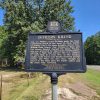


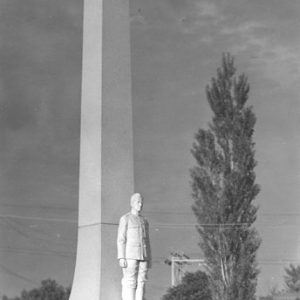
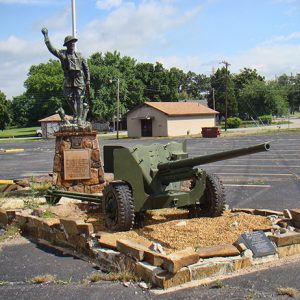
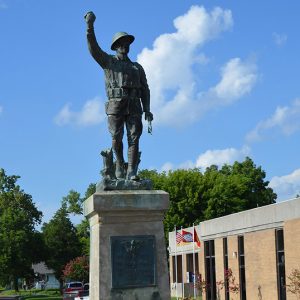
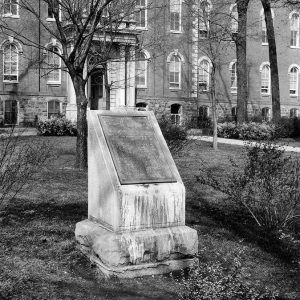
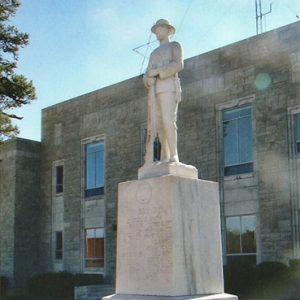
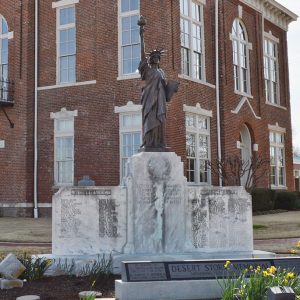


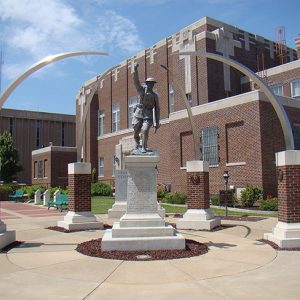
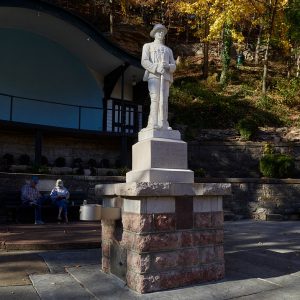
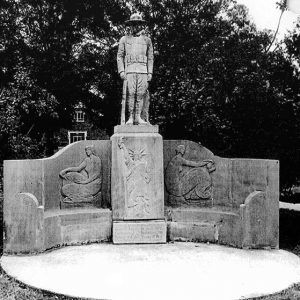




Comments
No comments on this entry yet.